Twenty-twenty, the year of the “cool number” previously associated with the positive — perfect vision — has been anything but cool and positive itself. A lot has gone wrong; most related to the global COVID epidemic, but not all of it (take months of rioting and civil unrest in the United States).
But, in a sense, COVID (much less 2020 in abstract) did not cause anything. Events merely reveal – they accelerate or decelerate (but rarely reverse) many political, social, economic and other trends that have already been present and acting upon a society.
From that perspective, 2021 is unlikely to bring anything truly new or unexpected to light, but is certain to see the continuation and progress of phenomena that are already familiar.
I’m not a prognosticator, much less a seer, so make no claim to originality or farsight with any of the eight trends listed below. I think, however, that it might be useful to gather together some of the most interesting (and, sadly, mostly negative) trends that will be with us over the next 12 months and beyond, and which very much bear watching because of their impact on our current condition and our future prospects. So, in no particular order of importance:
The Middle East realignment
As Michael Goodwin writes, the Obama/Biden administration “had treated Israel like a problem and Iran like an opportunity”, and the Biden/Harris administration is already signalling its intention to return to the past policies of failure, reengaging the mullahs and turning on the tap for the Palestinians. But this is unlikely to reverse or stop the further progress of Trump’s Abraham Accords, which saw Israel normalise relations with four of its regional neighbours, with more in the wings.
Biden’s new-old approach means backing the losers: playing footsie with Sunni Arabs’ main enemy while also playing nice with the region’s greatest intransigents, precisely at the time they are losing their old appeal and support. As such, whatever damage Biden’s foreign policy might cause, it will also likely bring Israel and Arab states even closer together, motivated by their common fear of an aggressive Shia Iran. In turn, it will see a further downgrading of the Palestinian issue in the eyes of the regional elites, which will “sell out” Palestinians for the greater good of an informal anti-Shia alliance with Israel.
As I have blogged recently, the unexpected (by the foreign policy elites) outbreak of peace in the Middle East has been perhaps the only good thing about 2020 (and a great development for any year or even decade). Among the general pessimism, I remain optimistic this trend will continue.
The new Cold Peace with China
For the past forty years, the world community has largely downplayed the unsavoury, dictatorial nature of Beijing’s rulers in order to reap the financial benefits of dealing with a semi-capitalist China, while crossing their fingers behind their back hoping that this increasing engagement and enmeshment (remember “Chimerica”?) will over time mellow Chinese communists and lead to political liberalisation inside the country.
Twenty-twenty once again revealed the unpalatable truth: China’s Communist Party might not be Marxist anymore but remains very Leninist, and as such continues to be a menace not only to its own people but also to the region and to the world. If anything, today’s China is more dangerous than the late period Soviet Union, because it can draw on very significant material resources to pursue its domestic and international objectives.
While COVID’s genie-out-of-a-bottle act was most likely accidental, Beijing’s initial mishandling and misinformation helped to turn it into a global disaster. Whether or not China then played a psy-op upon the rest of the world, internationally promoting harsh lockdowns in order to degrade its competitors (or let the competitors degrade themselves), the economic and social impact of the virus (and of the official response to it) has been catastrophic. And while China seems to have weathered the crisis quite well, its behaviour over the past year has undone all its successful PR work of the past 40 years.
The result is the growing recognition that communist China, if not an outright enemy, is most definitely not a friend or a trusted partner. This newfound “China realism” is leading to both geopolitical realignments to contain the threat as well as to economic decoupling (and recoupling with “anyone but China”) in order to diversify the supply chains and decrease China’s stranglehold over large sectors of the global commerce. But it’s also leading to a pushback from China, such as its attempt to smack down Australia as a warning to others.
The growth of the tech plutocracy
The economic disruption of COVID lockdowns around the world has been a godsent to the Big Tech sector – not that the Big Tech sector actually needed one.
As restrictions decimated small business and disrupted normal life, online commerce replaced traditional shopping and online interactions replaced face-to-face contacts. The result is that the seven most valuable U.S. technology companies — Apple, Microsoft, Amazon, Alphabet, Facebook, Tesla and Nvidia – increased their combined market valuation by $3.4 trillion, making their large shareholders ever richer and further increasing their economic power and social influence. This, in turn, has emboldened their “visionary” founders and managers to play an even more overt role in the political process, putting their thumb not so subtly on the scales to favour the left causes and politicians.
The Big Tech monopolies and duopolies, combined with their all-pervasive reach, are leading towards what Joel Kotkin has two years ago described as an “oligarchical socialism” of concentrated privatised wealth and socialised welfare to placate socially-immobile and propertyless masses.
Not all is smooth sailing for the tech giants, however, as with the growth invariably comes a backlash, including from the political class (often bi-partisan) worried perhaps that the sector, while generally friendly on an elite-to-elite basis, might have become too big to trust and control. Who will emerge victorious from any such intra-establishment conflict is not certain. In Henry Kissinger’s immortal words about the Iran-Iraq war, it’s a pity both sides can’t lose.
The pauperisation of the middle class
If the COVID’s pandemic big winners were the Big Tech and big business more generally, and if the poor have by and large been reasonably well supported by governments to survive through the crisis, it’s the middle classes – particularly those more entrepreneurial, small business-owning sections of it – that have been well and truly screwed.
Lockdowns and restrictions have laid waste to entire sectors of the economy, like hospitality and services (and to a lesser extent retail) which rely on physical interaction between businesses and their patrons. Many others not on fixed wages (contractors, consultants, freelancers, sole traders) have suffered from the cascading effect of their client base cutting down on non-essential expenses. As Joel Kotkin wrote more recently, “in our increasingly feudal society, the small property owning yeomanry who operate the local businesses essential to Los Angeles shopping streets, and New York neighborhoods are already under threat and will be squeezed further by both the pandemic and its aftermath.
But even more hard-pressed will be the growing, propertyless serf class that includes laid-off workers and the roughly 50 to 60 million workers in essential jobs, notes a new report from Richard Florida, and of those, 35 to 40 million require close physical proximity as opposed to those who can retreat to safety behind their computers.” Some more conspiratorially-inclined among political observers have argued that the left establishment is actively using the COVID crisis to destroy the property-owning and business-running middle class in order to “radically transform” our society into one of state-dependent wards. Whatever the intents (if any), this, unfortunately, has been the practical outcome of policy responses to COVID pursued by most governments around the world.
The radicalisation of the left
The hysterical demagoguery of labelling an increasing number of right-of-centre personalities and positions as “another Hitler”, “fascist”, “Nazi” or “far-right” aims to delegitimise political opponent and shut down political debate. It also demonstrates – while seeking to disguise – how far to the left has the left’s centre of gravity has moved over the recent years.
Socialism is now cool again, politicians like Bernie Sanders almost win the presidential nomination, radical movements like BLM (seeking to defund the police and “dismantle the traditional family structures”) gain widespread support (albeit while focusing on the more publicly palatable issues – and exaggerating them for political impact), the anarcho-communist violent paramilitaries of Antifa are treated as heroes.
Wokeness, identity politics, Gramscian Marxism are making inroads not just in politics but, having successfully “marched through institutions”, in the Education-Culture-Media Complex, which shapes the intellectual milieu of the present and schools the generations of the future.
As everyone from AOC and “the Squad” to Klaus Schwab and the World Economic Forum enthuses about “the Great Reset” (not letting the COVID crisis go to waste as an opportunity to reshape modernity), corporations and organisations genuflect in unison to all the trendy causes. As many observers have noted, with all these forces and institutions on your side, you’re not the counter-culture and the counter-establishment anymore – you are it.
The rise of populism
In reaction to the above three trends, a vague and often ill-defined populist counter-revolution has been stirring among the half of the Western electorate deemed “deplorable” and left out of the left’s new utopia.
Localist as opposed to globalist, patriotic as opposed to internationalist, working and middle class as opposed to elite and minority, the movement (if it can be called that) has been scoring some notable victories (Brexit, Donald Trump’s election in 2016) as well as more recent defeats (Donald Trump’s loss in 2020 – whether you consider it legitimate or fraud-related).
Underlying it all is the growing realisation that our “betters” are really not that better at all and, to a lesser extent, that the elites of both political persuasions often have more in common with each other (in outlook and interests) than with their respective bases or “the masses”.
Twenty-twenty has served to clarify just how captured and corrupted by the left all our major institutions have become, with the mainstream media being perhaps the most blatant example – if not exactly “the enemy of the people”, as Trump has called them, certainly no longer fearless and unbiases journalists and reporters but merely glorified stenographers and PR flaks for the left.
The Third Estate’s new political mission is to speak power to truth. In 2020 the “swamp” struck back, but it’s difficult to see the establishment regaining the trust of large sections of the public.
The splintering of Europe
The European Union is not going anywhere – certainly the Euro-elites won’t allow it to happen – but much is now amiss in a once happier and more stable “common European home”.
With Great Britain leaving the Union (arguably good for Britain, bad for “Europe”, since Britain has often been the more sensible voice within the EU), the centre of gravity has shifted a tad more east. And while the French-German “Holy Roman Empire 2.0” is still very much in charge, it’s not all smooth sailing, as Poland’s and Hungary’s populist governments are proving very vocal and very obstinate opponents of much of the EU agenda, from climate change to culture and social issues.
The growth of soft authoritarianism
As Charles Tilly once observed, “war made the state and the state made war.” But not just war – any big crisis, be it an economic downturn or a global pandemic – will do. Twenty-twenty has witnessed further growth of the state at the expense of the individual and the society, with the pandemic providing a convenient opportunity (and sometimes an excuse) for the authorities to assume more power and expand the populace’s dependency.
Not only has the state’s own surveillance and control capability grown significantly – the crisis has also revealed how much of that capability too rests in big business and is used in parallel with the state when their interests and beliefs coincide (as they more often than not do). Just as worrying, the pandemic has also revealed the stark reality that large sections of the community (sometimes majorities) welcome the exchange of freedom for security, and how many people are happy to become little cogs in the Big State machine in the cause of what they see as “the greater good”.
Crises notoriously bring out both the best and the worst of the human nature, and this one has not been an exception, with legions of snitches, rule enforcers and public shamers becoming our own secular equivalent of the Saudi or the Iranian “morality policy” (though many find something quasi-religious about the contemporary Western causes). Whether or not the COVID pandemic has been exaggerated and the official response too heavy-handed, the end result is the erosion of civil liberties, freedom, privacy and autonomy.
Despite all this, we are all hoping that after a year from hell, 2021 will be better. Whether or not “the new normal” will prove permanent (as many hope), there is no magical return to the status quo ante of 2019. Partly, this is because the seeds of 2020 were already planted and watered well before.
There is more pain and more upheaval ahead. All we can hope for is that we have now – very much the hard way – learned some lessons. And that it’s not too late to act, guided by these often ugly and depressing insights.
Arthur Chrenkoff blogs at The Daily Chrenk, where a version of this piece also appears.
Got something to add? Join the discussion and comment below.
Get 10 issues for just $10
Subscribe to The Spectator Australia today for the next 10 magazine issues, plus full online access, for just $10.

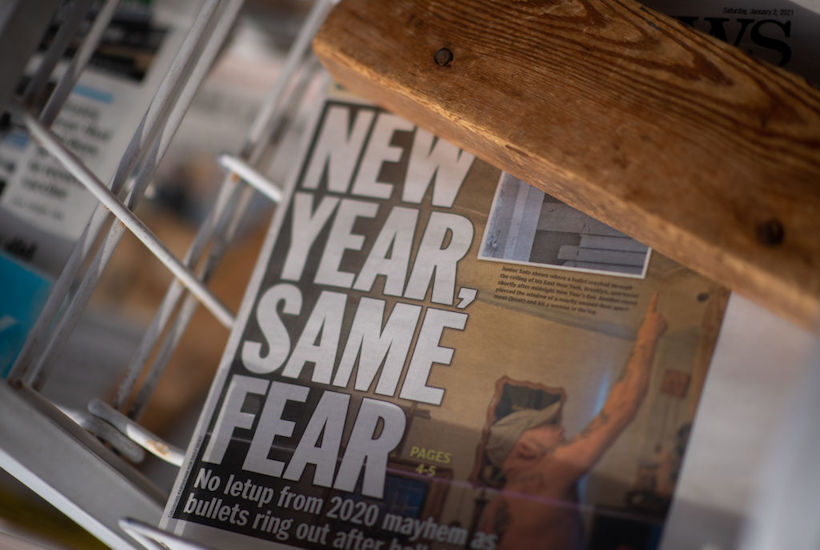
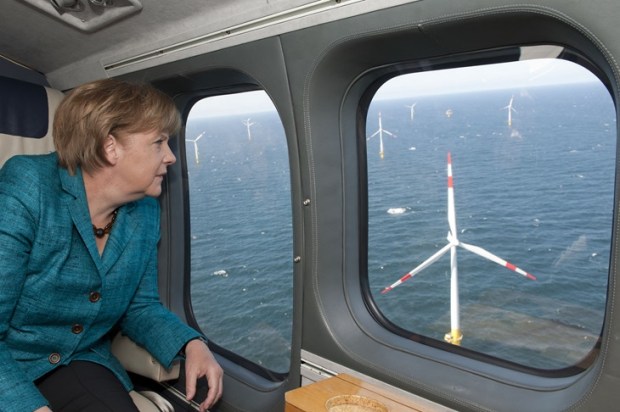
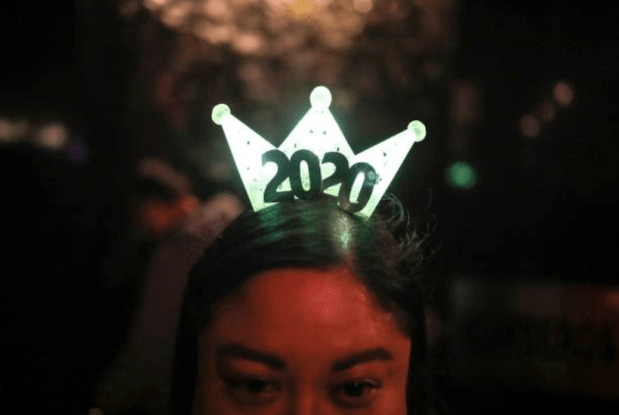
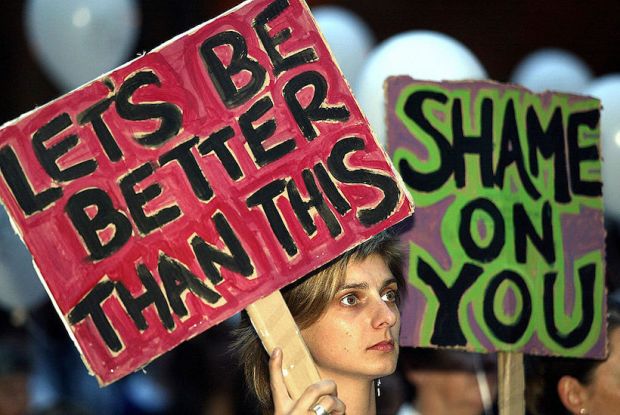
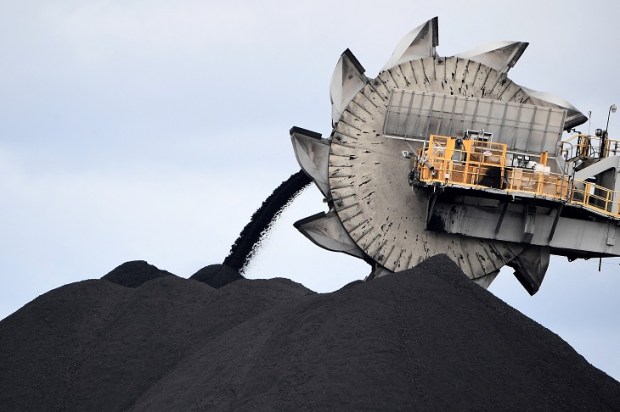
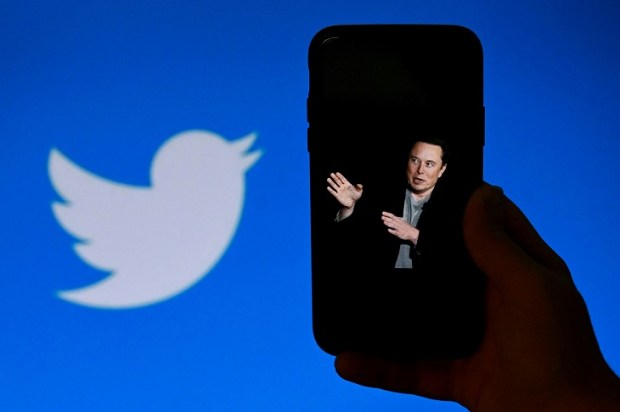



















Comments
Don't miss out
Join the conversation with other Spectator Australia readers. Subscribe to leave a comment.
SUBSCRIBEAlready a subscriber? Log in